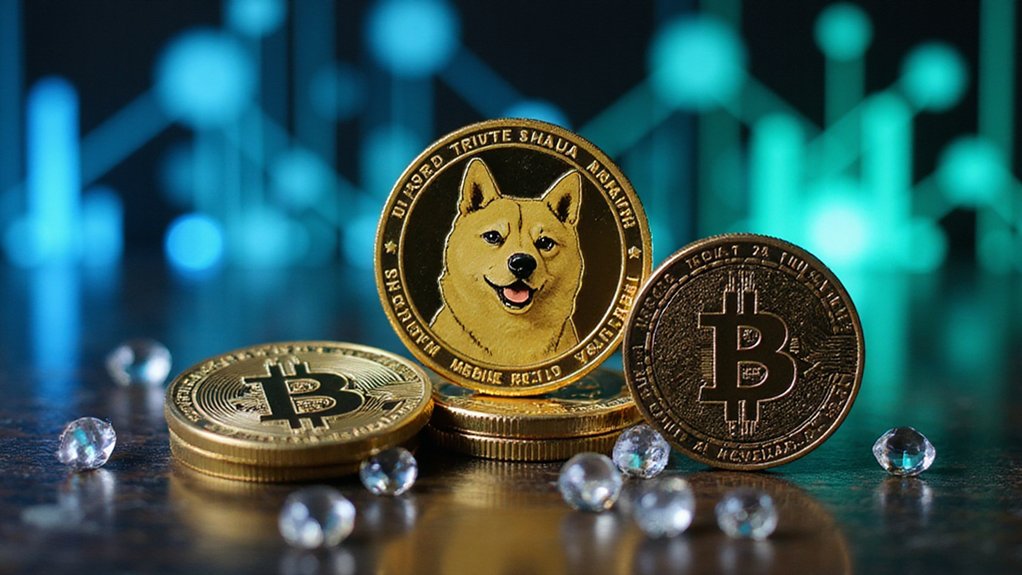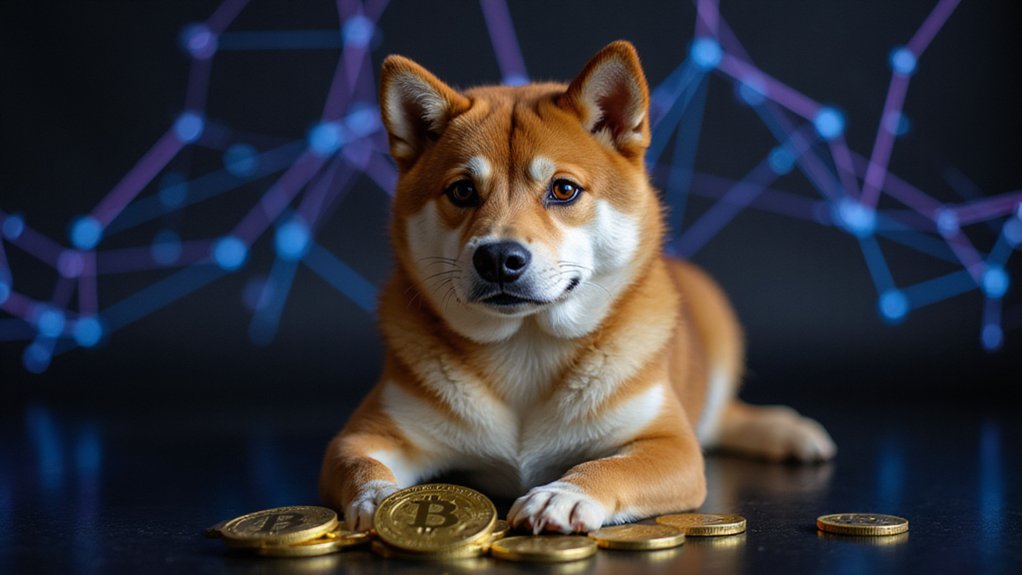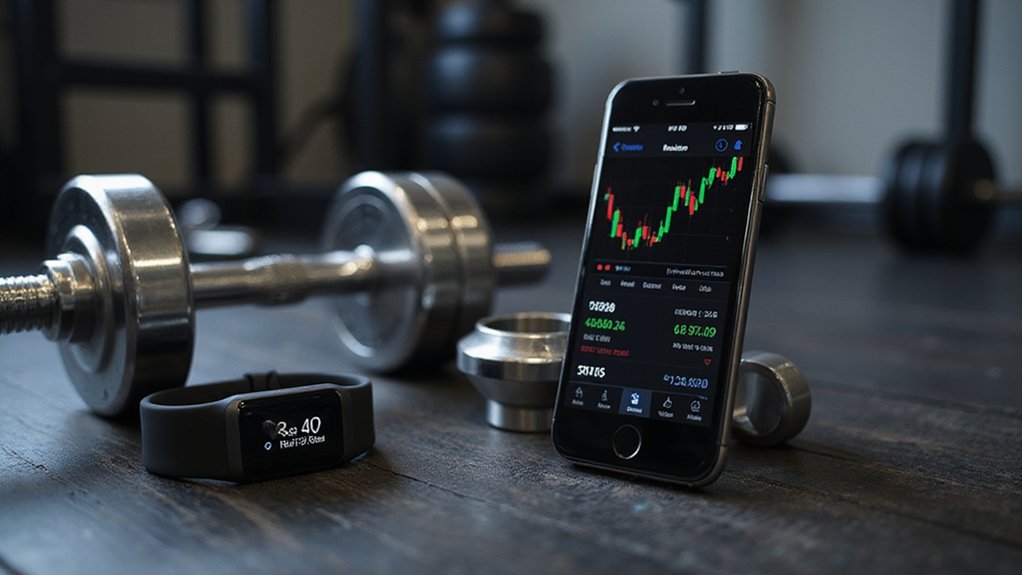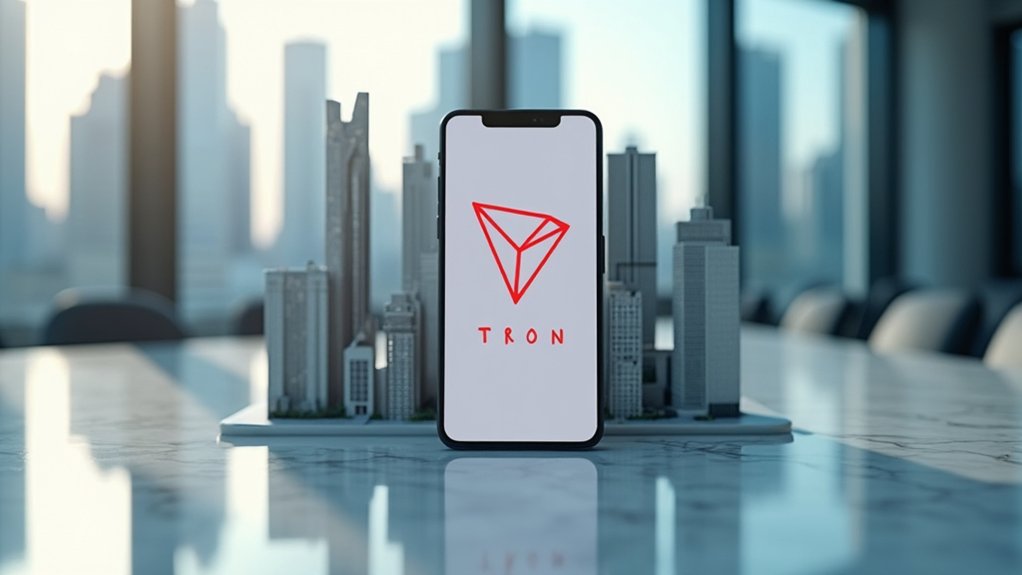ShibaSwap emerged from meme coin origins to become a legitimate decentralized exchange on Ethereum, operating as an automated market maker that eliminates traditional intermediaries. The platform enables token swapping, liquidity provision, and staking through smart contracts, featuring a trinity of governance tokens (SHIB, LEASH, and BONE) alongside 10,000 unique Shiboshis NFTs. With plans for Shibarium layer-2 integration, this protocol demonstrates how parody projects can evolve into sophisticated DeFi ecosystems—though the technical complexities beneath its accessible interface warrant closer examination.
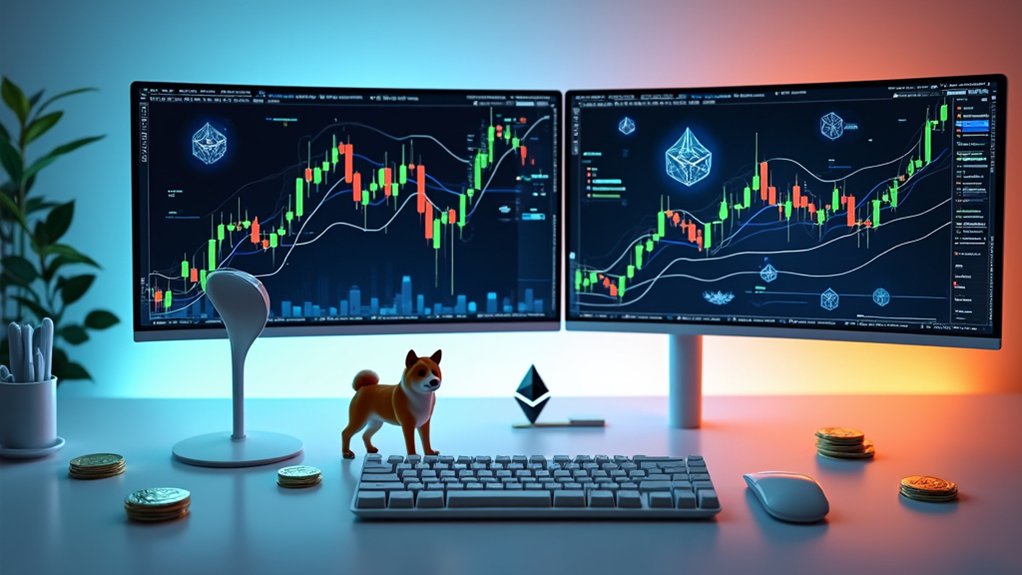
The meme coin phenomenon that began as an internet joke has, with characteristic crypto-market logic, evolved into a sophisticated decentralized finance ecosystem—complete with its own trading platform that would make traditional financial institutions pause to reconsider their multi-billion-dollar infrastructure investments.
ShibaSwap launched in July 2021 as the official decentralized exchange for the Shiba Inu ecosystem, transforming what was fundamentally a Dogecoin parody into a legitimate DeFi protocol built on Ethereum’s battle-tested infrastructure.
The platform operates as an automated market maker, eliminating order books in favor of algorithmic price discovery—a design choice that somehow makes perfect sense in a market where dog-themed tokens command billion-dollar valuations.
ShibaSwap embraces algorithmic trading logic in a universe where meme tokens achieve valuations that defy conventional financial reasoning.
Users can swap tokens, provide liquidity to earn trading fees, and stake their holdings for rewards without surrendering custody of their assets to any centralized authority.
The platform supports not only SHIB but also LEASH and BONE tokens, creating a trinity of canine-themed assets that collectively govern this decentralized menagerie.
BONE tokens specifically enable governance participation, allowing holders to vote on protocol changes—because apparently even meme coins require democratic oversight.
The technical architecture leverages Ethereum’s smart contract capabilities while implementing gas optimization techniques to reduce transaction costs.
A consideration that becomes particularly relevant when fees occasionally exceed the value of the tokens being traded.
The platform requires no KYC verification and supports global access through popular Ethereum-compatible wallets, maintaining the pseudonymous ethos that originally attracted retail investors to cryptocurrency.
ShibaSwap’s user interface prioritizes accessibility over complexity, recognizing that many participants may be experiencing their first encounter with automated market makers and liquidity mining. The platform additionally features 10,000 unique Shiboshis NFTs that provide community utilities and exclusive opportunities for holders.
The platform provides detailed analytics dashboards to track staking rewards and pool performance, offering transparency that traditional financial products often obscure behind layers of intermediaries and fine print. The ecosystem employs timelocked contracts and multisignature wallets to enhance investor protection through proven security mechanisms. Future developments include integration with Shibarium layer-2 solution to further reduce transaction costs and increase processing speeds.
Smart contract audits provide security assurance, though the platform ultimately depends on Ethereum’s consensus mechanism for final settlement.
This decentralized architecture eliminates counterparty risk while introducing new categories of technical vulnerabilities—a trade-off that exemplifies the broader philosophical tensions within decentralized finance between trustlessness and operational complexity.
Frequently Asked Questions
What Are the Gas Fees for Trading on Shibaswap?
Shibaswap’s gas fees fluctuate dramatically depending on network selection—a reality that might surprise newcomers expecting uniform pricing.
While Ethereum mainnet transactions can cost anywhere from mere cents to eye-watering triple digits during congestion spikes, Shibarium’s Layer-2 integration offers merciful relief at fractions of a penny per trade.
Users pay in ETH for mainnet operations or BONE on Shibarium, with current trends heavily favoring the latter’s cost-effective structure.
Is Shibaswap Available in My Country or Are There Geographical Restrictions?
*Previously discussed transaction costs on Ethereum network.
How Do I Connect My Wallet to Shibaswap?
Connecting wallets to ShibaSwap follows standard DeFi protocol: users navigate to the platform, click “Connect Wallet,” then select their preferred option—MetaMask, Trust Wallet, or Coinbase Wallet.
Each requires proper browser extension installation (desktop) or mobile app configuration.
The process demands sufficient ETH for gas fees and correct network settings.
Security-conscious users verify URLs religiously, given the ecosystem’s penchant for attracting phishing attempts targeting meme-token enthusiasts.
What Is the Minimum Amount Required to Start Trading on Shibaswap?
ShibaSwap imposes no explicit minimum for token swaps, though users need sufficient ETH to cover gas fees—a reality that makes theoretical $1 trades practically questionable given Ethereum’s notorious transaction costs.
For liquidity pool participation, the platform requires 0.1 ETH minimum.
Smart traders typically hold at least that amount anyway, considering token approval transactions demand additional gas fees before initial swaps can execute successfully.
Can I Stake My SHIB Tokens on SHIBaswap for Rewards?
Yes, users can stake SHIB tokens on ShibaSwap through their “burying” mechanism, earning rewards in xBONE, xSHIB, and xLEASH tokens.
The platform distributes these rewards weekly, though only 33% becomes immediately redeemable while 67% remains locked for six months—a structure that presumably encourages long-term commitment.
Staking requires compatible wallets like Metamask or Coinbase, and participants should factor in gas fees when calculating potential returns from this passive income strategy.
